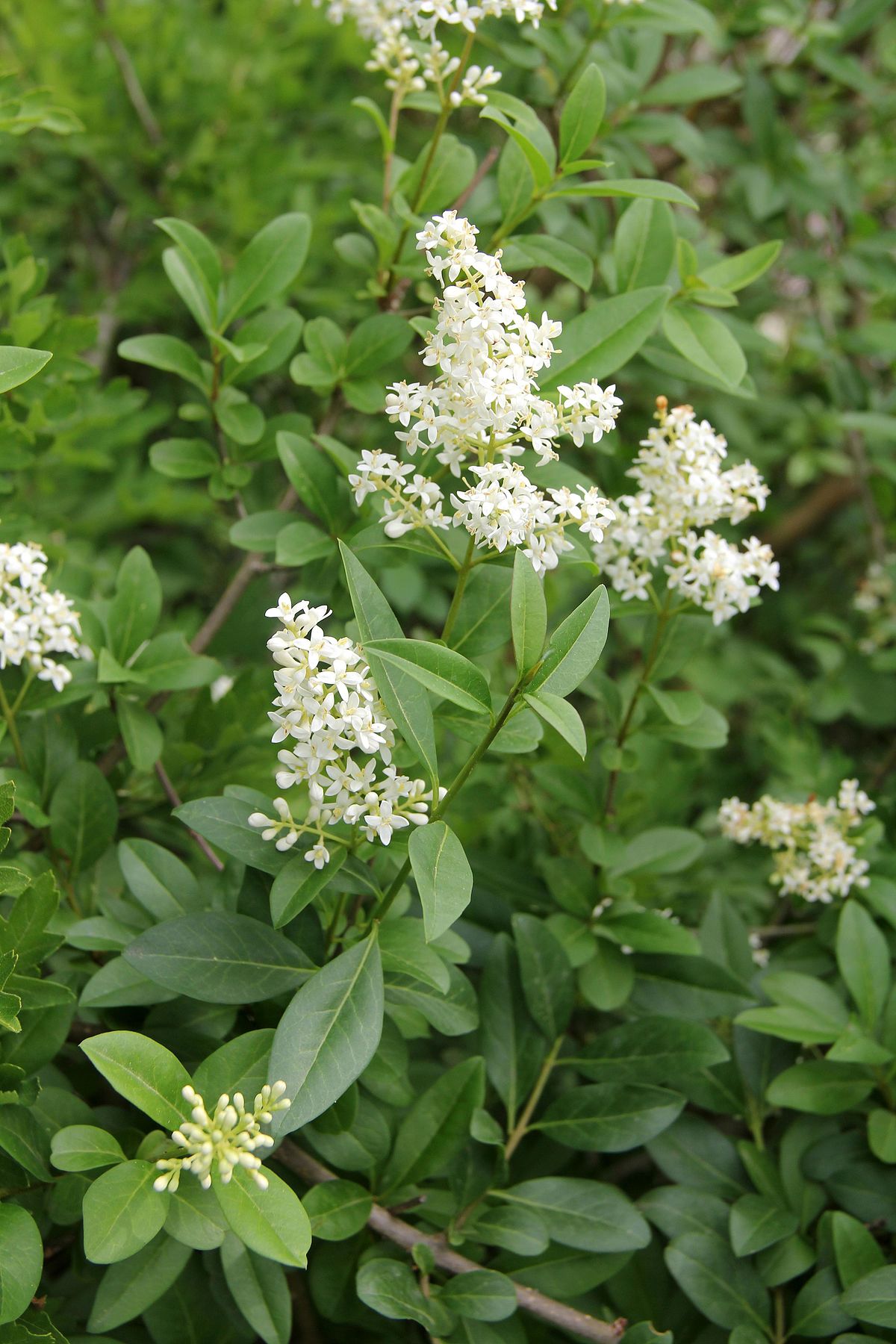He said turn left at the intersection. PART B: HEDGE WITH A WORD Rewrite each sentence by adding one adverb to hedge: hopefully, evidently, basically, apparently, somewhat 1. People are good. The earth is getting hotter. The house fire was caused by a problem with the heater. Copy of mac os sierra. Politicians are dishonest. For hedge funds, the lock-up period is intended to give the hedge fund manager time to exit investments that may be illiquid or otherwise unbalance their portfolio of investments too rapidly. Plants can grow 6-10 feet tall (1.8-3 m.) and 5-8 feet wide (1.5-2.4 m.). When left un-trimmed, they will have a natural rounded or oval habit. When growing hedge cotoneaster as a hedge, plants can be planted 4-5 feet (1.2-1.5 m.) apart for a dense hedge or screen, or they can be planted farther apart for a more open look. This hedge will need to be pruned at least twice a year to keep it in shape. USDA zones: 8 to 10 Water requirement: Low Light requirement: Full sun or partial shade Mature size: 3 to 5 feet tall Planting tips: Grow it in well-drained soil, preferably in full sun. Two flexible hedges. 8' long x 3/4' thick x 1' high. Two hedges per package. In Stock: $10.99: CA0285: Click for Information. LARGE GREEN HEDGE ROW/1 PC.
If you are thinking about planting a new hedge and have doubts on which plant is the best for you, we are offering a list of the most popular ones so you can choose whichever suits you best. Hedges are a necessary part of every garden, providingprivacy, blocking wind or even buffering noise. But most importantly edges provide structure to your garden. Hedging plants are usually budget friendly especially if you buy them bare-rooted.
Evergreen and semi-evergreen hedging plants should be planted from autumn to late winter, while deciduous plants can be planted any time from leaf fall. In all cases, planting is best delayed until the soil can be worked easily, especially if the ground is frozen. To ensure a good start in life, prepare the soil well before planting. Depending on the final size of the plant, planting distances vary from 30-60cm.
Almost every tree and shrub can make a hedge, but there are some of them which are preferred due to their specific characteristics. The choice depends mostly on whether you need a fast or slow growing hedge and also whether you want a high, medium or low hedging. These 10 plants we are featuring are the most popular choice for hedging. Learn more about how and when to plant them.
Forsythia
via jparkers.co.uk
If you are looking for a fast-growing plant that makes an excellent hedge then consider opting for the beautiful forsythia. This deciduous shrub will mesmerize you with its bright small yellow flowers every spring. It can reach heights of 30 feet tall if not pruned, and it grows up to 20 feet wide. You can plant forsythia any time of the year in areas where freezing in not an issue. In other areas autumn is the best season to do it. Move and transplant a forsythia during the winter season, when the bush is not actively growing. Choose a full sun location and well drained soil.
Hedge fund managers are motivated to perform better when their own money is on the line — to the extent that they will limit investments from outsiders in order to keep returns high, according to a new paper from the National Bureau of Economic Research. 4k stogram 2 6 9 – download instagram photoshop.
After analyzing the performance and investor characteristics of 720 hedge funds, authors Arpit Gupta and Kunal Sachdeva found that managers tend to invest their own money in their least-scalable strategies — strategies that deliver 'superior returns' compared with the firms' other funds. These high-performing funds are typically open to a limited amount of outside capital, or closed to outside investors completely, according to the findings.
'The consequence of these managerial capital decisions (on both outside and inside capital) is that insider funds substantially outperform — but are offered on a limited basis to outside investors,' Gupta and Sachdeva wrote.
Previous research has shown that raising additional capital tends to dampen a fund's investment performance — a trend Gupta and Sachdeva said hedge fund managers 'internalize' when deciding how to invest their own money. 'Personal capital commitments better align the incentives of managers and outsiders, providing greater incentives for managers to scale their funds less aggressively in a manner which results in greater returns to investors — but at the cost of capital participation by outside investors,' they explained.
Hedge 1 8 3 Equals
[II Deep Dive: Having Skin in the Game Isn't So Easy Anymore for Private Equity Managers]
One possible cause of higher returns, according to the paper, is that hedge fund managers prioritize those funds that contain more of their personal investments — putting those funds under the charge of their best portfolio managers, for instance.
'An alternate and complementary explanation for the relationship between inside investments and fund performance is that inside investors are simply better informed about managerial ability within the fund family, and they allocate their capital to the better fund managers,' the authors added.

Either way, Gupta and Sachdeva found that a one-standard-deviation increase in investment by the fund's manager resulted in 1.4 to 1.7 percent in excess returns annually — leading to a boost in performance for those investors who are able to get a piece of the action. Falcon 1 5 1. Heroes 3 complete for mac.
Hedge 1 8 3 =
'Some investors are able to co-invest with insiders and earn superior returns due to smaller fund size and the alignment of interests,' Gupta and Sachdeva concluded. 'However, the smaller scale of insider funds can have detrimental consequences on other outside investors, who are rationed out of fund participation.' Magic stick game.